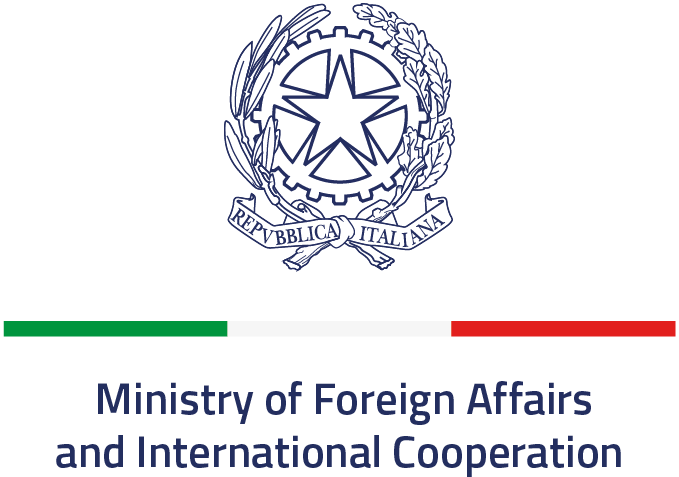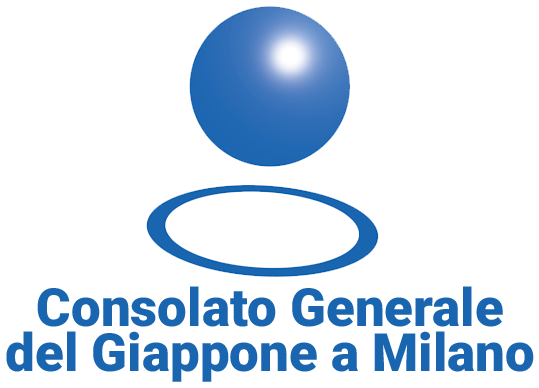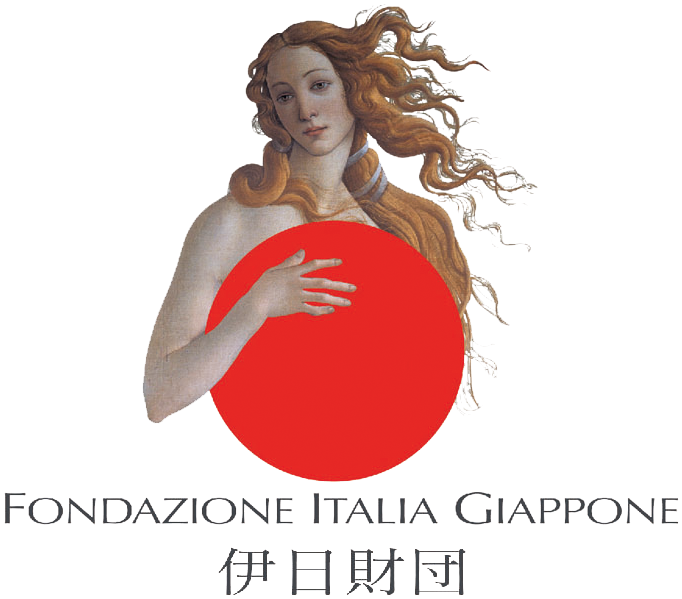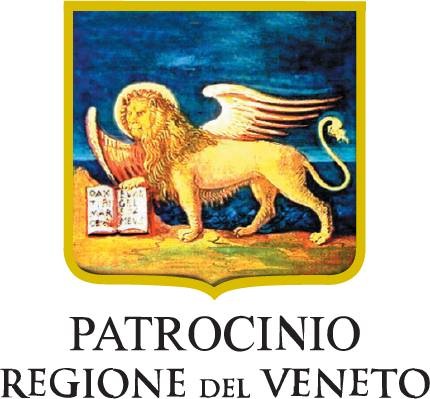 © Michelangelo Foundation
© Michelangelo Foundation
Kunihiko Moriguchi
Kimono dyerKunihiko Moriguchi specialises in and perpetuates Kyoto's renowned yūzen dyeing tradition. Following his studies in Japanese-style painting at Kyoto City University of Arts, he went on to study at the École nationale supérieure des Arts Décoratifs in Paris. While in Paris, he befriended a number of artists, including Balthus. The latter would invite him to Villa Medici in Rome and later convince him to return to Japan and study yūzen under his father Kakō Moriguchi, himself a National Living Treasure. Moriguchi relies on his training in graphic art and his deep knowledge of traditional dyed patterns to produce innovative geometric motifs and optical illusions using natural motifs such as flowers, snow and water vapour.
National Living Treasure - the category of Yūzen textileJapanese government
2007 TechniqueStory
Dating back to the 17th century, yūzen dying is one of Japan's most representative textile dying techniques. Designs are drawn on the fabric using glue-like preparation before applying the colour dyes. The technique allows the dyer to create arrangements of coloured patterns as well as the superimposition of colours. A drawing is first traced onto a Kimono with a dye. The kimono is then unstitched and the fabric stretched over bamboo. Rice paste is applied to the areas that should not be coloured and dye is applied over the rest with a brush. The fabric is then steamed at 100 degrees, a process that fixes the dyes. The paste is finally removed revealing the undyed background.
Technique Yūzen textile dyeing Objects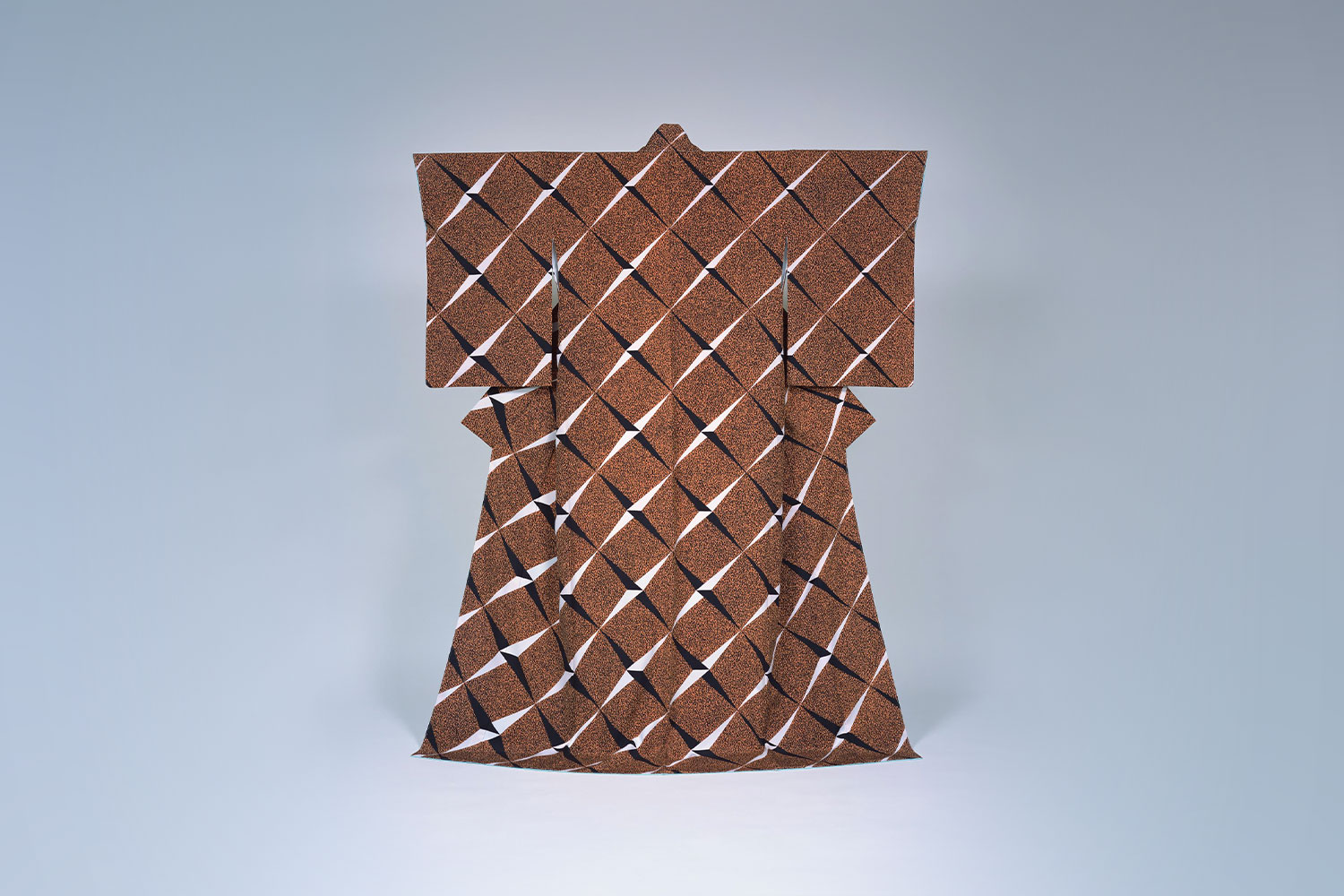
"Scarlett Lattice Design" yūzen kimono

“Snow Dance” yūzen kimono
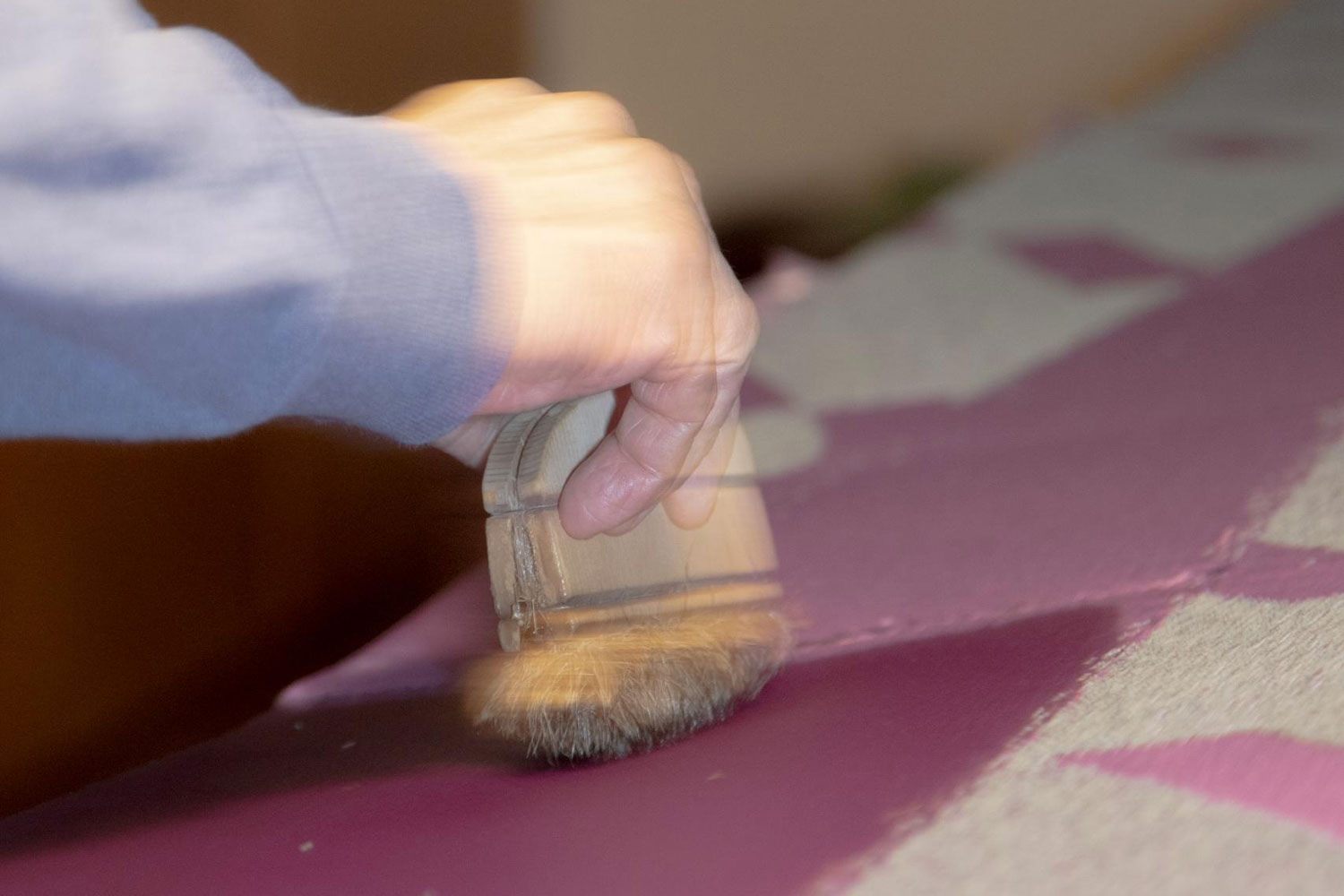
Kunihiko Moriguchi, from The Ateliers of Wonders series
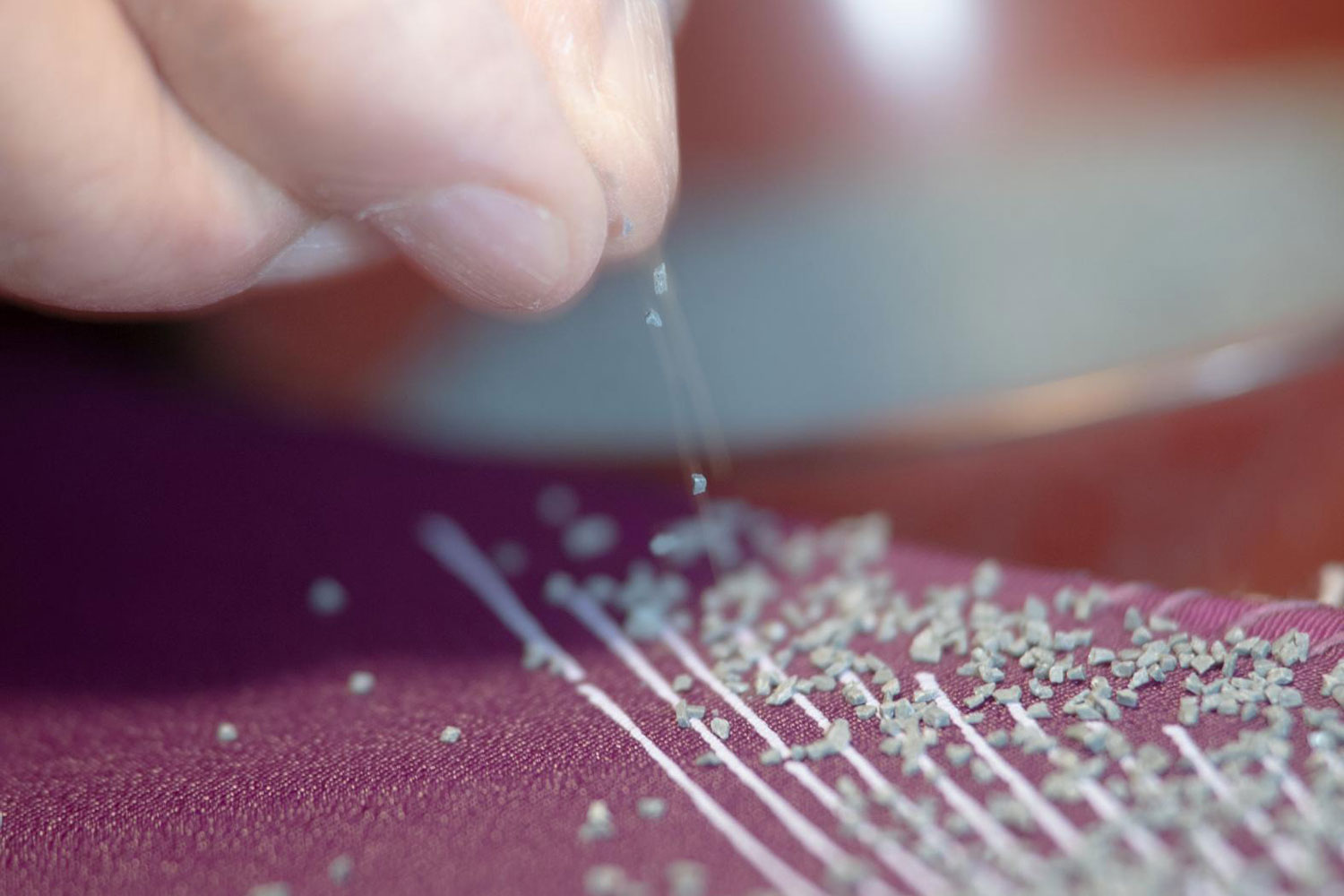
Kunihiko Moriguchi, from The Ateliers of Wonders series

Kunihiko Moriguchi, from The Ateliers of Wonders series
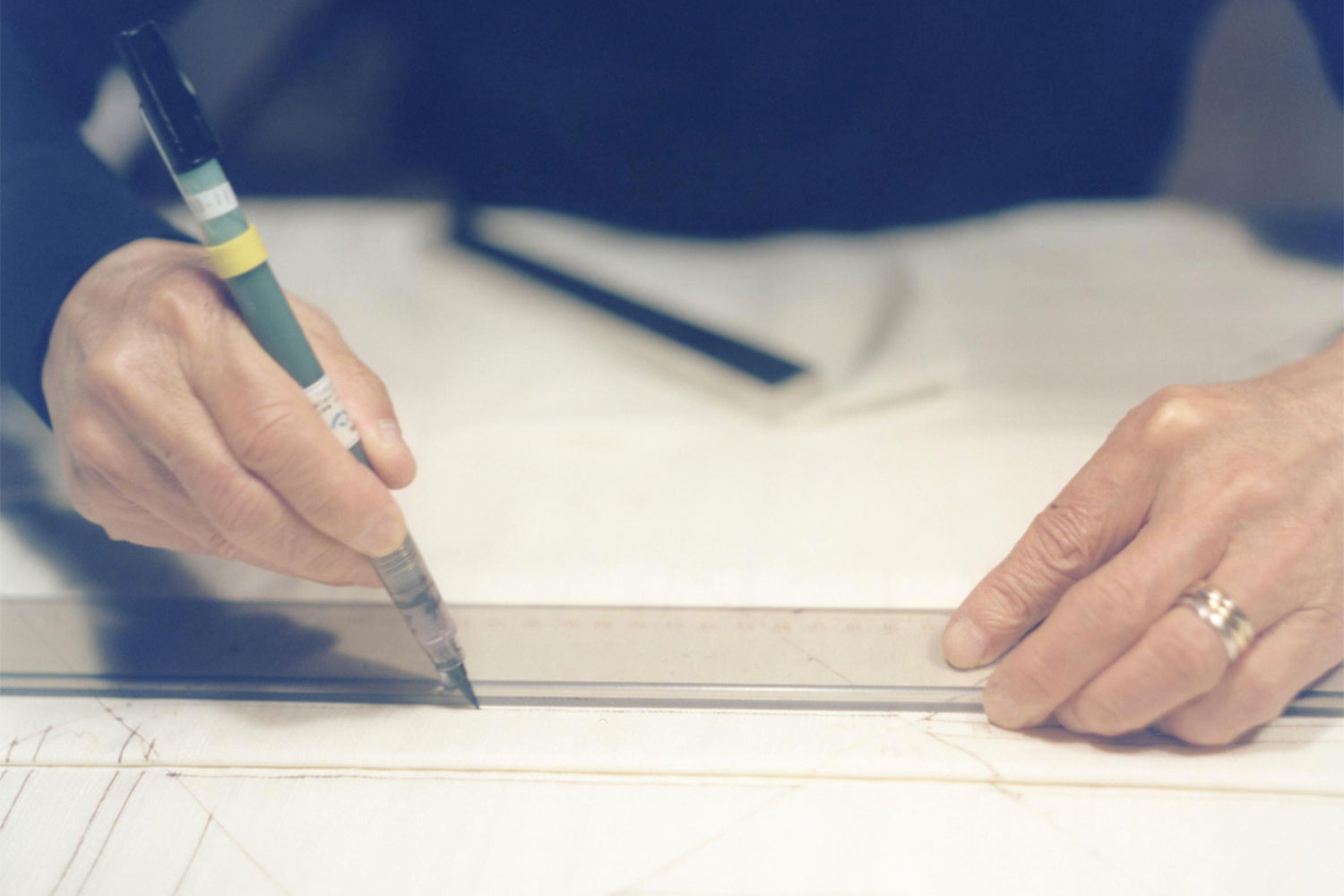
Kunihiko Moriguchi, from The Ateliers of Wonders series
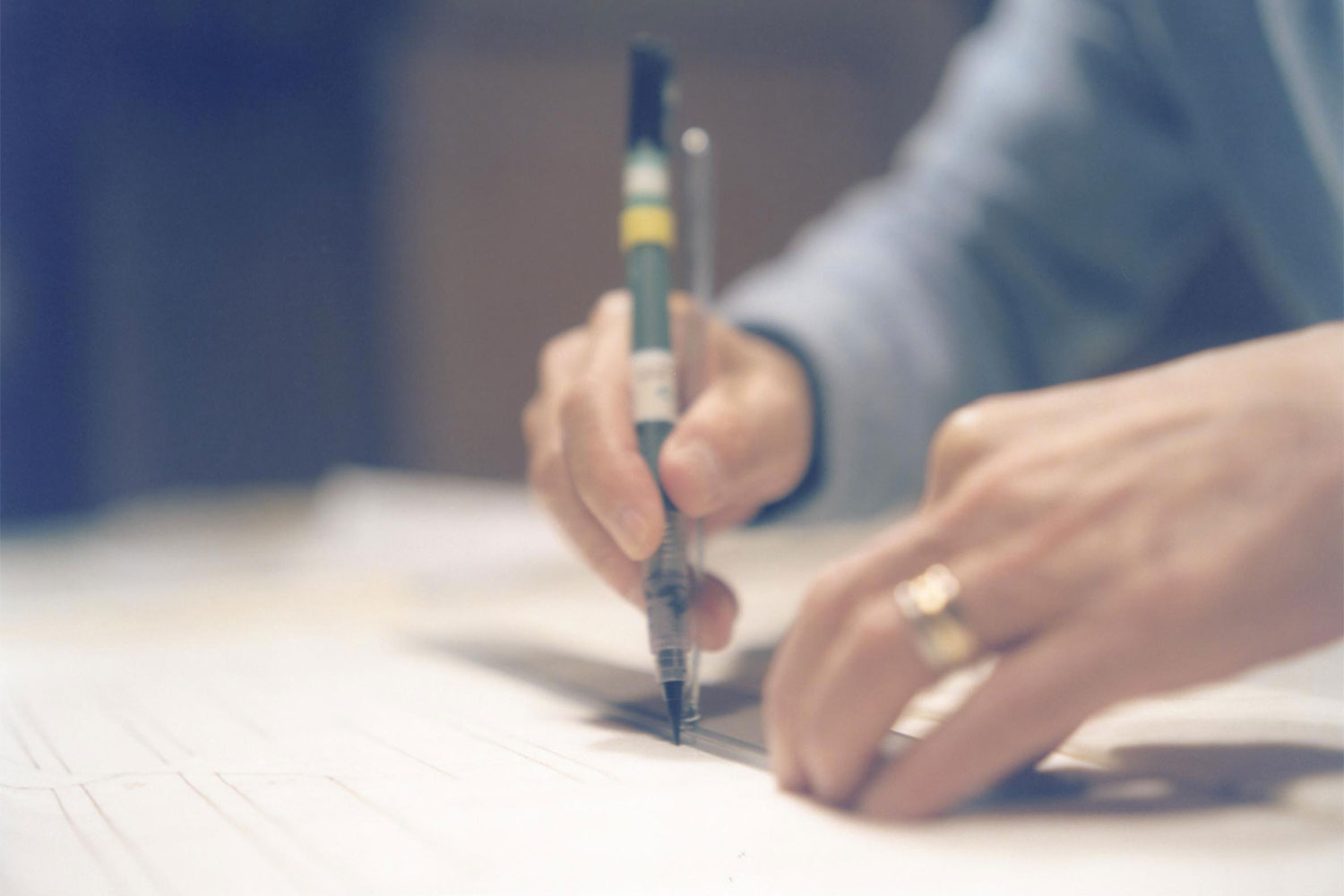
Kunihiko Moriguchi, from The Ateliers of Wonders series
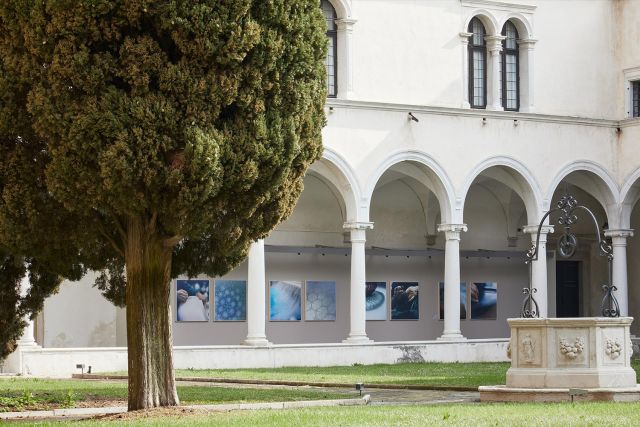 The Ateliers of Wonders Exhibition
The Ateliers of Wonders Exhibition
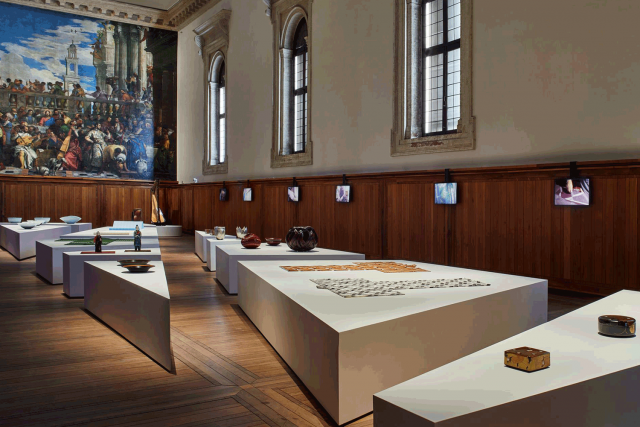 12 Stone Garden Exhibition
Contact
12 Stone Garden Exhibition
Contact
Kyoto, Japan
www.nihonkogeikai.or.jp/works/679





